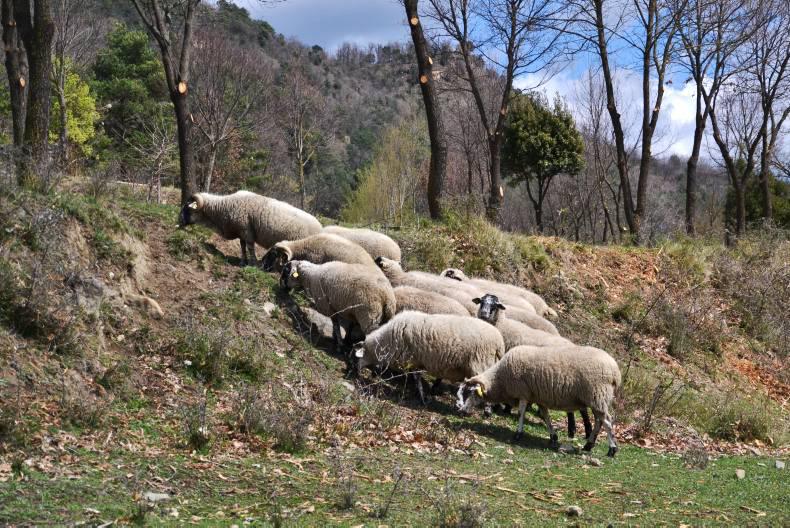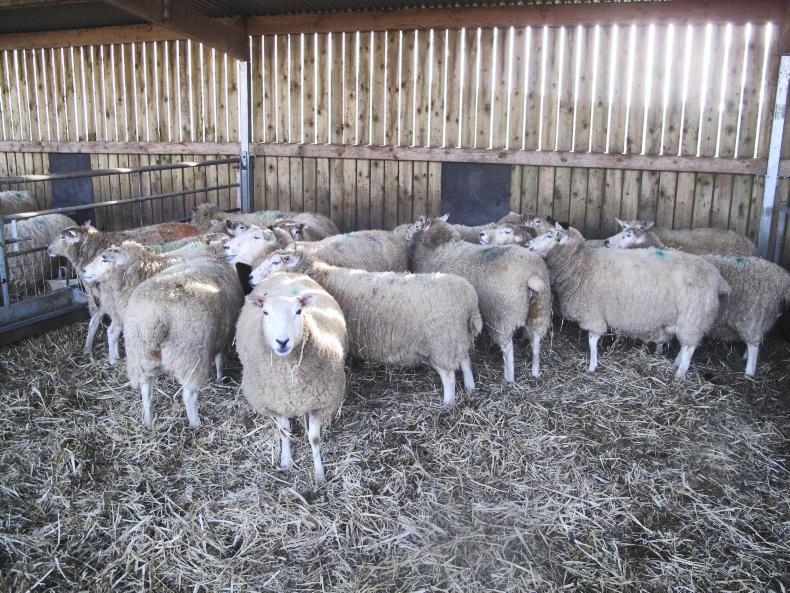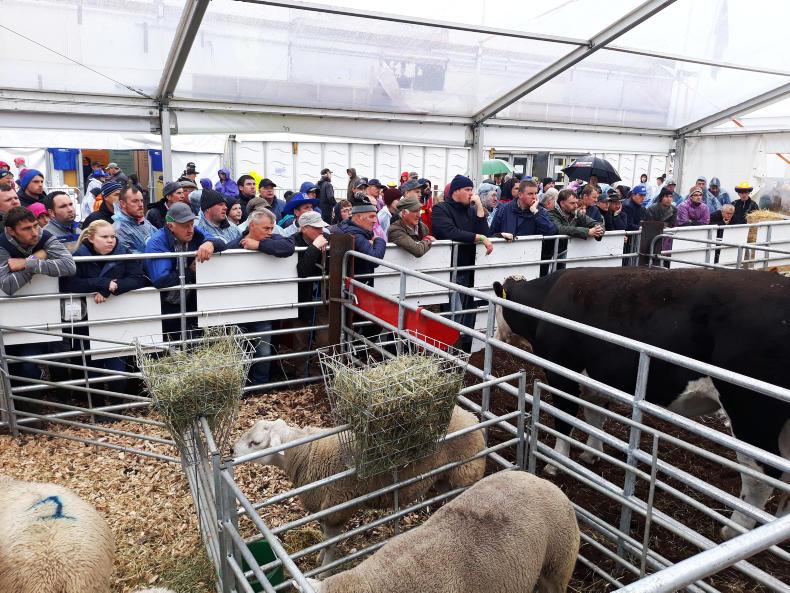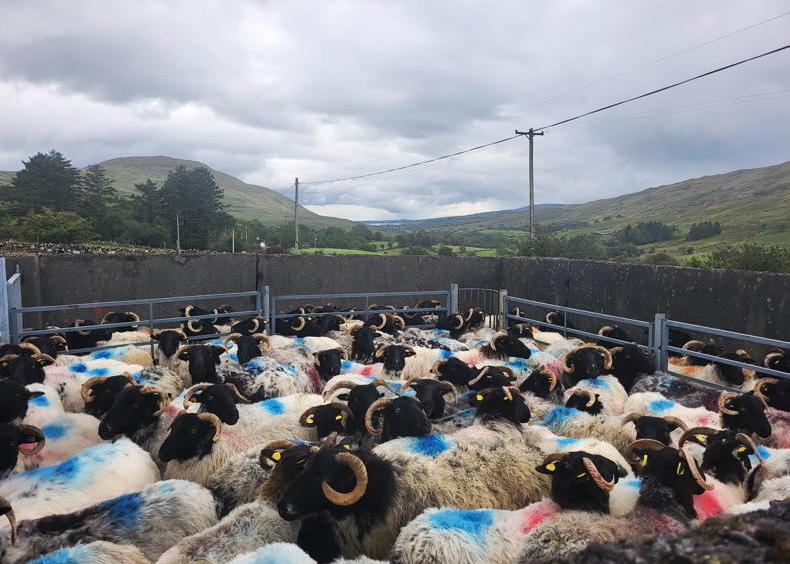Spain's breeding flock is the second largest in the EU, with almost 11.3 million ewes and ewe lambs put to ram, according to the December 2014 census.
According to Eblex, the body in charge of beef and sheep promotion in Britain, the overall size of the Spanish breeding flock has been falling since 2006, and it is now a third smaller. The majority of the fall in the breeding flock has been in meat breeds while the dairy flock has been more stable. Between December 2013 and 2014 the total breeding flock fell by 6%, the eighth consecutive year of decline.
This fall in the breeding flock has inevitably led to reductions in sheep meat production, which last year fell by 5% to 112,000t.
The decline has continued in the first four months of 2015 with production 4% lower than a year earlier at 35,300 tonnes. This is despite production in March increasing by one third due to the earlier Easter, but contrasts with falls of 19%, 21% and 13% in January, February and April respectively.
Eblex says one of the reasons for the declining flock and falling levels of production is the lower level of profitability associated with weaker demand for sheep meat and increasing production costs.
Domestic demand for sheep meat has been falling for a number of years because of the weak economy and lamb being the most expensive meat.
Total household purchases of lamb have been declining since 2009 and amounted to 79,900t last year, 27% lower than five years previously. In the first four months of 2015 the fall has continued, with household purchases down by 10% on the year earlier at 24,700t.
The decline in production in the first four months of 2015 has contributed to the fall in sheep meat exports which fell 14% to 28,400t in 2014. Shipments to France – Spain’s largest market – were down by a similar amount.
Eblex reports that this trend has continued into 2015, with total volumes shipped from Spain in the first four months of the year down 7% at 10,500t.










SHARING OPTIONS